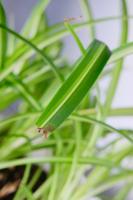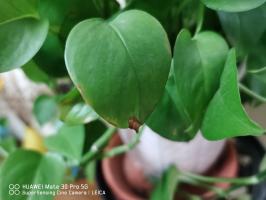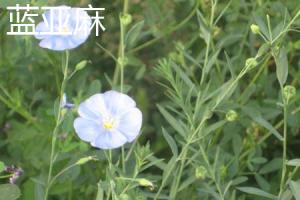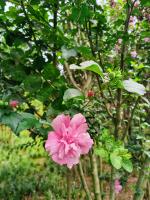What Two Layers of the Plant Contain Chloroplasts
Chloroplasts are the organelles in plant cells that contain chlorophyll, which is responsible for photosynthesis. Photosynthesis occurs in two stages, the light-dependent reactions and the light-independent reactions. The light-dependent reactions take place in the thylakoid membranes of the chloroplasts, while the light-independent reactions take place in the stroma. In this article, we will discuss what two layers of the plant contain chloroplasts.
The Mesophyll Cells
The mesophyll cells are the primary cells engaged in photosynthesis. Mesophyll cells are found in the leaves of the plant and can be divided into two types, the palisade mesophyll cells, and the spongy mesophyll cells. Palisade mesophyll cells are located at the top layer of the leaf and contain a high concentration of chloroplasts, which makes them responsible for the majority of photosynthesis that occurs in the leaf.
Spongy mesophyll cells, on the other hand, are located at the bottom layer of the leaf and contain fewer chloroplasts. These cells are more rounded in shape and have large spaces between them, which allows for gas exchange between the leaf and the environment.
Both palisade and spongy mesophyll cells contain chloroplasts which are necessary for photosynthesis to occur. Chloroplasts found in mesophyll cells contain thylakoids where chlorophyll is found, and these thylakoids are stacked together to form grana which are responsible for the light-dependent reactions of photosynthesis.
The Epidermis
The epidermis is a single layer of cells that surrounds the plant. These cells serve as the outer layer of the plant and protect it from external factors like temperature, water, and pests. Although, the epidermis cells are not directly involved in photosynthesis, some cells in the epidermis layer, mainly guard cells contain chloroplasts.
Guard cells are cells that exist in pairs and surround the stomata, the tiny pores that allow gas exchange to occur. These cells regulate the opening and closing of the stomata, controlling the flow of gases in and out of the plant. Guard cells contain chloroplasts which they use to produce ATP under light, which powers the opening and closing mechanism of the stomata. Without chloroplasts found in guard cells, the stomata will be unable to regulate gas exchange, and plants will suffer from a lack of nutrients required for growth.
Conclusion
In conclusion, mesophyll cells in the palisade and spongy layers of the leaf, and guard cells found in the epidermis layer of the plant, both contain chloroplasts. Chloroplasts found in mesophyll cells provide the necessary components for photosynthesis to occur and are responsible for the light-dependent reactions, while chloroplasts found in guard cells are used to produce ATP that powers the opening and closing mechanism of the stomata. Without chloroplasts, photosynthesis in plants would not occur, and guard cells would be unable to regulate gas exchange, affecting the overall growth and health of the plant.

 how many times do yo...
how many times do yo... how many planted tre...
how many planted tre... how many pine trees ...
how many pine trees ... how many pecan trees...
how many pecan trees... how many plants comp...
how many plants comp... how many plants can ...
how many plants can ... how many plants and ...
how many plants and ... how many pepper plan...
how many pepper plan...






























